Today we’re visiting with Lee, who gardens in central New York State. We’ve visited Lee’s garden before (Early Spring Blooms from the Mohawk Valley).
Greetings from the Mohawk Valley. We’re in our winter lull, as most of us are in the top half of the country. It has been a mellow winter thus far, and I’m looking for that to continue, though one storm can change the entire ballgame. Here are some pics of beautiful tulips I put together—nothing really special but lots of color.
I wish everyone an early transition into spring so we all can get going.
 The color of this classic, brilliant red tulip and the distinctive blotch at the center of the bloom are thought to have developed to promote pollination by beetles around the Mediterranean where wild tulips are native.
The color of this classic, brilliant red tulip and the distinctive blotch at the center of the bloom are thought to have developed to promote pollination by beetles around the Mediterranean where wild tulips are native.
As wonderful as brightly colored, bold tulips are, the soft tones have their own subtler attraction. This white tulip with dew on it is an elegant beauty.
Double-flowered tulips boast extra layers of petals that totally change the look of the flower. This one also adds dramatic flames of red to the bright yellow petals. Just what you need after a long winter!
Not fully double, a few extra petals add interest to this lovely pink tulip.
This double is so full it almost doesn’t look like a tulip anymore. No wonder such flowers are sometimes called peony-flowered tulips.
Here are two different red-and-yellow tulips. The ones in the back are called fringed tulips because each petal edge is lined with a delicate fringe. The intricacies of these blooms beg to be looked at up close, so site them near the edge of a path or cut some to enjoy in a vase.
Fringed AND double, this pink variety is a frothy spring confection.
Parrot tulips have unusual petals that look a little shredded rather than fringed and often twist into unusual shapes, sometimes marked with splashes of green. This one looks like the classic variety ‘Black Parrot’.
What blooms are you most looking forward to seeing this spring?
Have a garden you’d like to share?
Have photos to share? We’d love to see your garden, a particular collection of plants you love, or a wonderful garden you had the chance to visit!
To submit, send 5-10 photos to [email protected] along with some information about the plants in the pictures and where you took the photos. We’d love to hear where you are located, how long you’ve been gardening, successes you are proud of, failures you learned from, hopes for the future, favorite plants, or funny stories from your garden.
Have a mobile phone? Tag your photos on Facebook, Instagram or Twitter with #FineGardening!
Do you receive the GPOD by email yet? Sign up here.
Fine Gardening Recommended Products
Gardener's Supply Company Summerweight Fabric Plant Cover
Fine Gardening receives a commission for items purchased through links on this site, including Amazon Associates and other affiliate advertising programs.
Ideal for summertime pest control, this garden cover effectively screens out Japanese beetles, potato beetles, cabbage worms, leaf miners, carrot flies and most vine borers. It transmits 97.6% of the light to your plants without allowing heat build-up, and it provides cold protection down to 41° F, to extend your growing season.
Berry & Bird Rabbiting Spade, Trenching Shovel
Fine Gardening receives a commission for items purchased through links on this site, including Amazon Associates and other affiliate advertising programs.
Ideal Tool for All Gardeners Use: Our heavy duty trenching shovel is designed by a professional gardening tool designer. Lifetime Durability: This heavy duty drain spade is made of high-quality stainless steel, it is very strong and durable, even if it is used for high-strength work, it will not bend. Ergonomic Wood Handle: The handle of this planting spade is made of ash hardwood harvested from FSC-certified forests and has an ergonomically streamlined design, making it very suitable for everyone's hands. Multi-Use: This digging shovel is generally used for digging trenches, digging holes, transplanting, edging, moving compost, cutting thick turf and furrowing. The sharp blade allows you to cut, scoop, dig, lift and dice in hard soil.
National Wildlife Federation®: Attracting Birds, Butterflies, and Other Backyard Wildlife, Expanded Second Edition (Creative Homeowner) 17 Projects & Step-by-Step Instructions to Give Back to Nature
Fine Gardening receives a commission for items purchased through links on this site, including Amazon Associates and other affiliate advertising programs.
From the National Wildlife Federation, the largest U.S. nonprofit conservation organization, with 6 million members and 51 state and territorial affiliated organizations. 17 step-by-step projects that everyone can do together make getting your family back to nature easy, educational, and fun. Over 200 color photos of backyard wildlife habitats and the wide variety of creatures they attract, plus step-by-step photos and illustrations for family projects. Learn wildlife-friendly practices for gardening, landscape design, supplemental feeders, birdbaths, nesting places, and more. Learn how to attract backyard pollinators, from bees and butterflies to beetles, bats, and hummingbirds
Get your garden certified by the National Wildlife Federation's Garden for Wildlife(TM) program by following the included certification application checklist.

 The color of this classic, brilliant red tulip and the distinctive blotch at the center of the bloom are thought to have developed to promote pollination by beetles around the Mediterranean where wild tulips are native.
The color of this classic, brilliant red tulip and the distinctive blotch at the center of the bloom are thought to have developed to promote pollination by beetles around the Mediterranean where wild tulips are native.

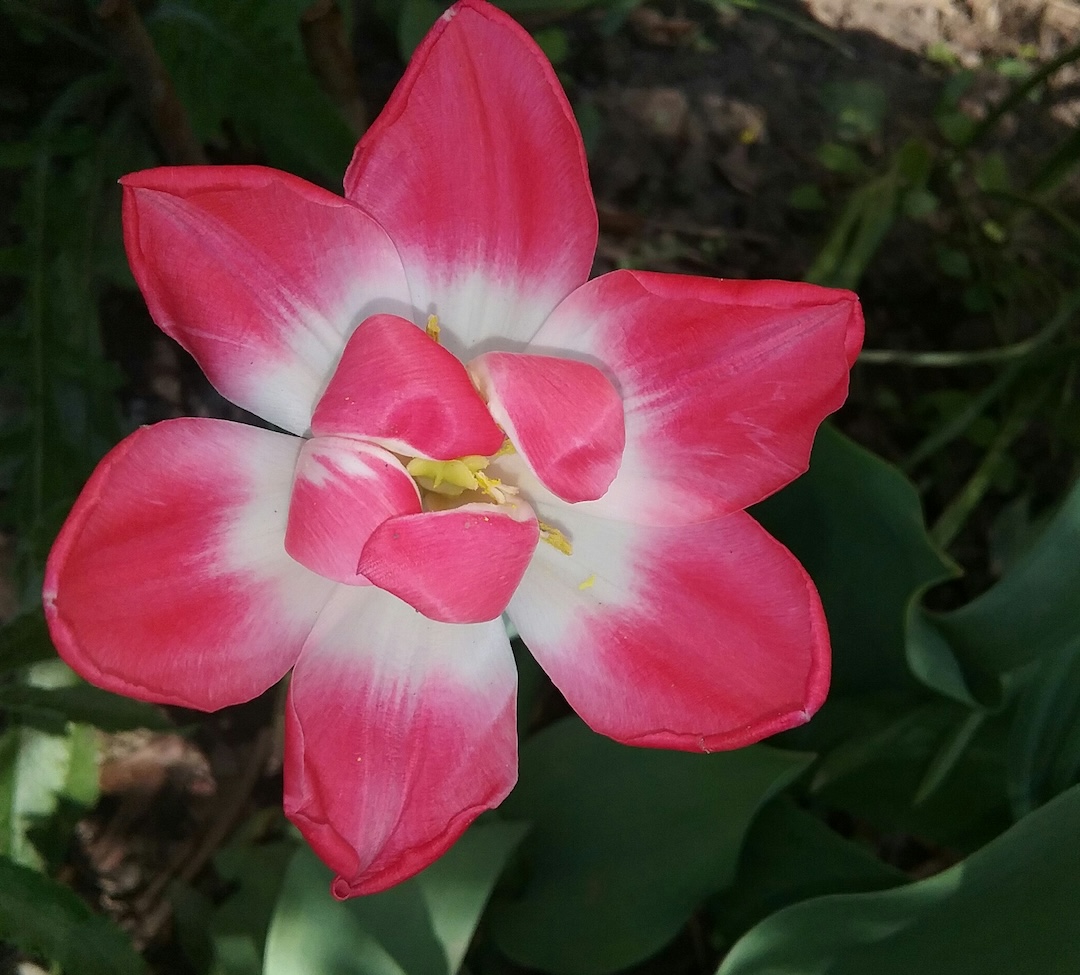




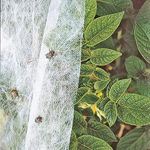
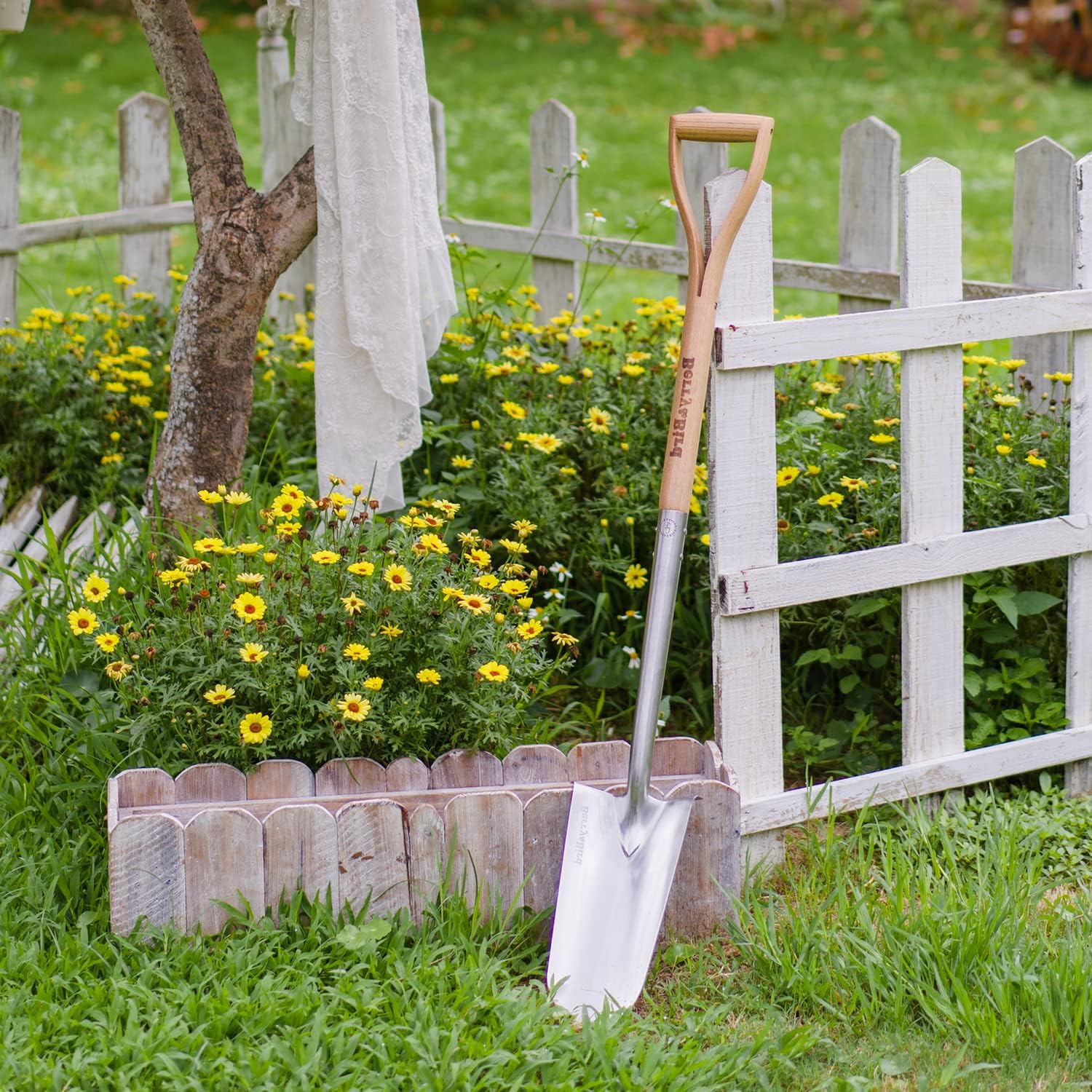



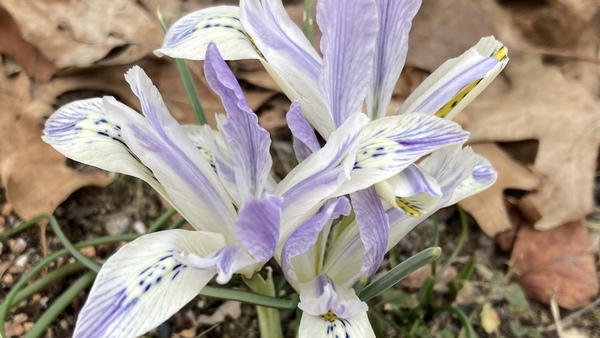












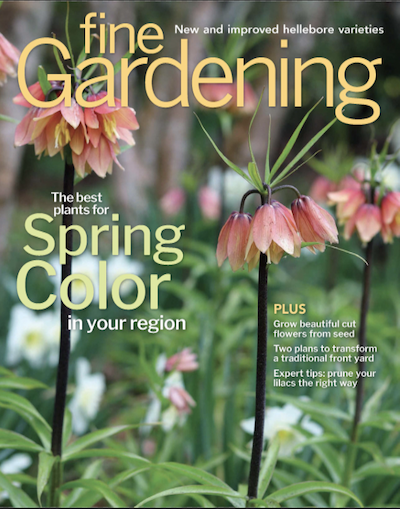


Comments
Thanks for sharing the special tulips in your garden. It helps me anticipate the tulips that will come the the community garden I help tend: Dordogne, Caravelle Design, Chinatown, Green Star, Eastern Star (T. humilis, a small species variety), plus a new variety called 'Slawa'. We had 'Minton' but its numbers have been diminishing each year in our Philadelphia climate.
Great Tulip photos, your fringed varieties are so unique and beautiful!
Log in or create an account to post a comment.
Sign up Log in